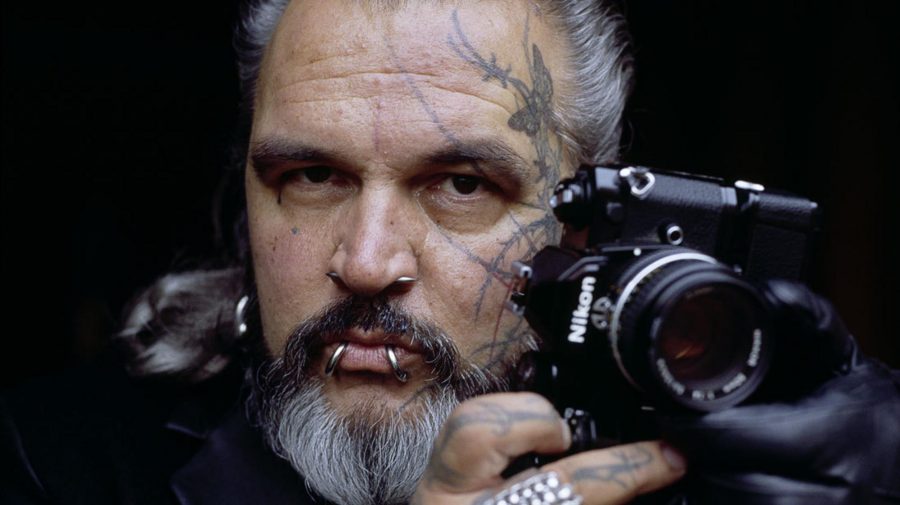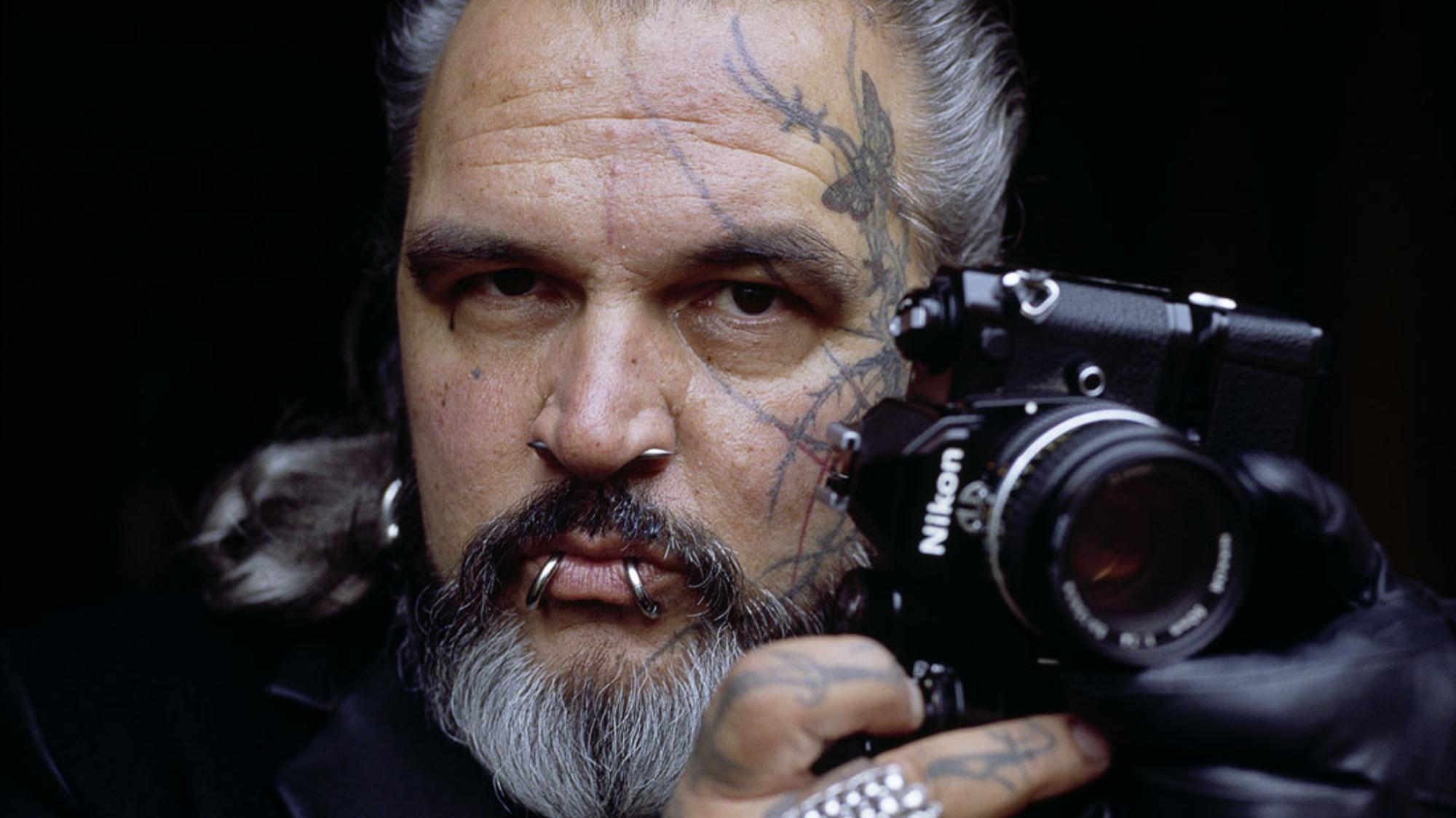
How Night Club Bouncers Police the Social Order – From Berlin to Johannesburg
Across the world bouncers remain gatekeepers to the nightclub experience: controlling the queue at the door; curating the size and look of the crowd; and securing the institution from unwanted “intruders”. Indeed, “door policies” and “bouncing” remain characteristic of nightclub cultures globally. Last year I attended the Berlin NIGHTS Conference which saw artists, club owners, […]

Across the world bouncers remain gatekeepers to the nightclub experience: controlling the queue at the door; curating the size and look of the crowd; and securing the institution from unwanted “intruders”. Indeed, “door policies” and “bouncing” remain characteristic of nightclub cultures globally.

Last year I attended the Berlin NIGHTS Conference which saw artists, club owners, researchers, policymakers and night mayors gathered to discuss Europe’s nighttime industry.
Discussions about door policies permeated the conference, prompting me to think about how “bouncing” was being understood, and how this differed from my experience of nightclub doors in South Africa.
What might the varying bouncing cultures of Berlin and Johannesburg, for example, tell us about these two metropolises? Both are at the centre of their respective countries’ night cultures, and both have undergone fundamental social transitions since 1990.
Door policies in Berlin
I learnt that door policies in Berlin, and indeed many other European cities, were notoriously strict, with seemingly mysterious criteria for who is granted entry. After hours of queuing, clubbers might still be turned away: “It’s not your night.” No need for explanation. It could be that arbitrary.
Hopefuls queuing for the Berlin’s most famous nightclub, Berghain, can wait up to three hours, sometimes with as many as 60% being turned away. The club, housed in a refurbished Communist-era power station, is guarded by former East Berlin punk photographer: Sven Marquardt. Now of celebrity status, he has featured on the cover of the men’s fashion magazine GQ, is soon to release a book, and is an icon of the global night-scene.
Berghain’s enigmatic door policy has given rise to a slew of online articles, all offering advice for how to “crack the code” to entrance. According to Marquardt, he, and his team, are simply trying to create the “perfect salad”: an optimum diversity.
The internet, however, offers more actionable tips for how to access Berghain: don’t arrive in groups, don’t be too drunk, “don’t sound like a tourist” (with some worrying implications for recent immigrants), wear casual clothes (preferably black), take it seriously.
Berghain and Marquardt are on the extreme end of what appears to be a wider phenomenon: unspecified entry requirements and discerning, deified bouncers.
Also presenting at the NIGHTS conference was Smiley Baldwin a former US military officer deployed to Cold War West Berlin, and now one of the city’s most-loved bouncers. Baldwin was instrumental to GI Disco, which, in the 1980s and 90s, brought black American music to Berlin night culture. Today, as a Berlin bouncer, he told conference audiences that he gives himself 100 meters to decide the fate of a potential club-goer: the way they walk, how long it takes to hear them, what they’re wearing, how they interact with others.

Many who participated in the NIGHTS conference seemed to view strict door policies as a way of championing diversity, keeping out aggressive and so-called “fascist” patrons, and ultimately curating a “Utopian” social space. But others saw door policies as fundamentally discriminatory.
Since my return, I’ve spoken to a number of Johannesburg bouncers about bouncing in Berlin. We’ve agreed that Berlin door policies would fail in this city. The reasons, in my opinion, are interesting signals about our social aspirations and anxieties.
Club owners need customers

South Africa’s night industry is too fragile to be turning away so many of its clientele. Clubs are perceived as risky business, not only by owners, but also many clubbers. To grow the night industry, party-goers need to feel secure.
Where Berlin bouncers might serve as discerning cultural curators, Johannesburg’s are primarily “security”, posted to make customers feel “safe” and “welcome”.
Drawing from an old police adage, one bouncer told me his job was to “serve and protect” so that people could “enjoy their time”.
Class undoubtedly plays a role. While Berlin bouncers are pseudo-celebrities, Johannesburg’s are former security guards, refugees, working class gym-buffs or immigrants.
“You can be a professor or a doctor in your own country,” one Congolese bouncer told me. “[Here], you find yourself in a situation where you have to hustle to survive.” When I asked him whether being a “foreigner” made a difference in his work, he said:
Yes. You get insulted every day because of those things.
Some bouncers indicated that the extent of challenge or insult they received from customers could be differentiated along racial lines. The more societal power, the less likely the patron was to feel affronted by a bouncer’s reprimand or refusal. When confronted by a bouncer, white customers were reported to be “respectful”; black patrons less so. Indian and Coloured clientele — the population groups that are all too often invisible in the national discourse — were reported by these bouncers to have the most volatile aggression.
Constitutional rights on the dancefloor

Being arbitrarily denied access to a club in South Africa would provoke suspicions of discrimination, enshrined in the country’s constitution. “They’d definitely be angry,” one bouncer told me. “You can’t say someone is not allowed without a proper reason”.
Nevertheless, Johannesburg nightclubs still entail multiple forms of prejudice. Entrance fees and high-end dress codes create significant barriers to entry. Level of protection and leeway within the nightclub is often a function of a person’s spending capacity. “VIP, VVIP, VVIP Platinum: all those people, they would have paid a lot of money, so you have to look after them,” I was told. And conversely,
If you look at someone (in the club) and you can tell, this one can’t afford to be here, we make sure we watch those people.
Covert racial discrimination persists through the directives that some club owners give bouncers.
In Johannesburg, there are some clubs that don’t want Indians. There are some clubs that don’t want Coloureds. Some they don’t want to mix whites with others: when the whites notice that this place is accommodating more blacks these days, they start to run away. [When I get instructions like this], I just tell them [the “undesirable clientele”] that it’s a private party.
I was also told: “It’s not easy to find a club that’s accommodating everybody, unless it’s a fancy club at Nelson Mandela Square (in upmarket Sandton).”
The rich, it seems, can party together, no matter their skin colour.
The common factor is that everybody wants to be recognised: to feel like a “very important person” (a VIP). This is one of the primary commodities on sale in nightclubs. In a city like Johannesburg, where so many feel the newness, contested-ness, or perpetual volatility of their social position, the stakes are invariably high.
Bouncers, in both Berlin and Johannesburg, are witness to, and sometimes arbiters of, these social struggles.![]()
Beth Vale, Post-doctoral Fellow NRF Chair: Local Histories, Present Realities, University of the Witwatersrand
This article was originally published on The Conversation. Read the original article.